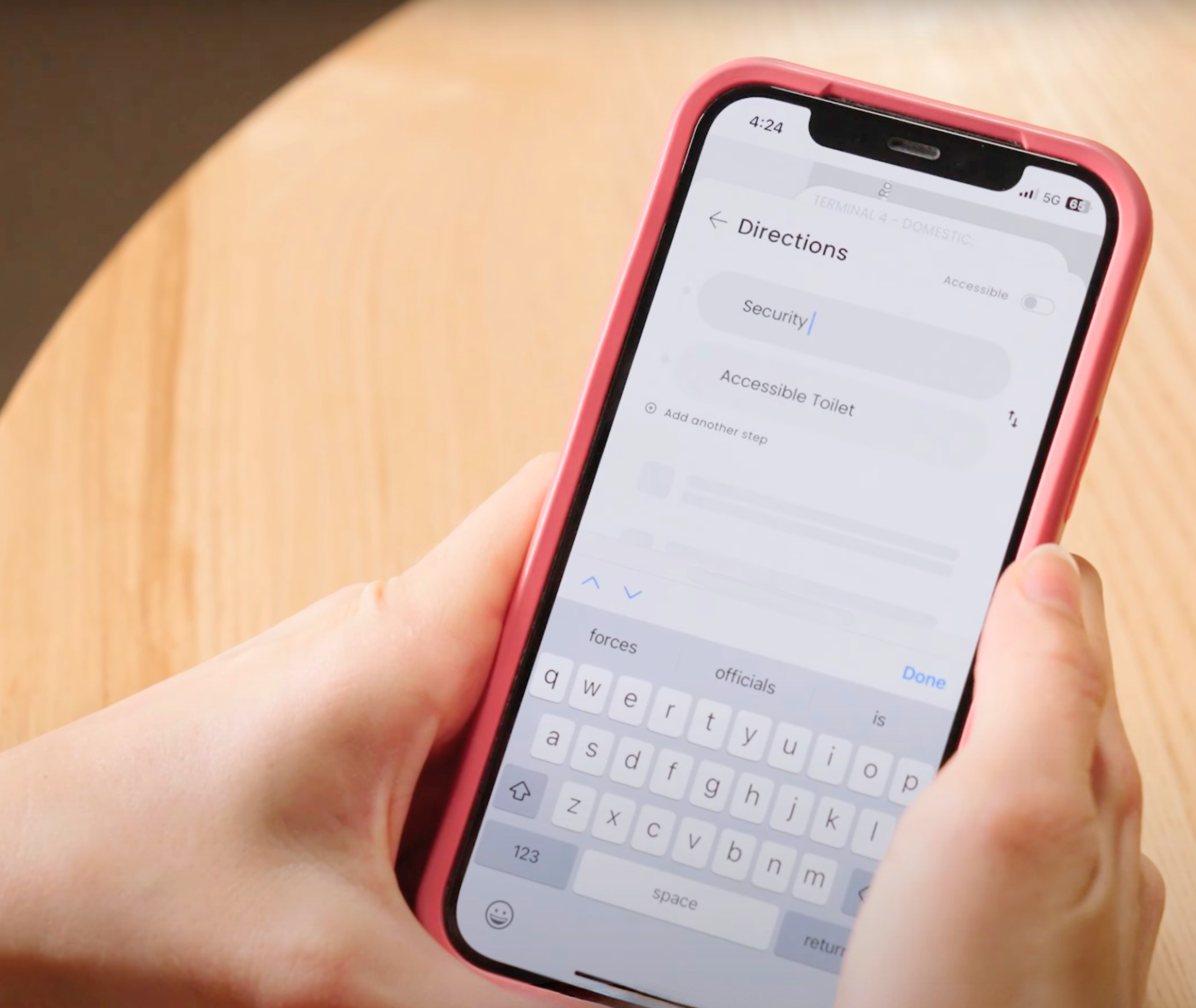Accessible travel
Why every business in the visitor economy should care

The market opportunity
Barriers that still exist
- Booking and planning: Accessibility details are often missing or hard to find on websites and booking platforms.
- Staff confidence: Airline crews, hotel staff, and tour operators are not always trained to support travellers with disability, leading to inconsistent experiences.
- Physical environments: Gaps in signage, step-free routes, seating, and sensory spaces create friction along the journey.
- Retail and hospitality: Shops, cafes, and attractions sometimes overlook the role of accessible service in customer loyalty.
Examples of progress
Queensland’s year of accessible tourism
- More than 279 projects across Queensland were supported.
- In Tropical North Queensland, 46 new initiatives were delivered, from an accessible rainforest canopy walkway to adaptive equipment for reef and river tours.
- Businesses such as Cobbold Gorge Tours introduced all-terrain wheelchairs, modified buses, and accessible kayak launch points, while Etty Bay Cabins & Caravan Park refurbished cabins into accessible family units.
Melbourne Airport
Airports are another critical part of the travel chain. Melbourne Airport recently introduced permanent mobility hubs, staffed by Travellers Aid, alongside an online planning hub to help people map their journey before arrival. These initiatives reduce stress and improve predictability for travellers who might otherwise face barriers moving between car parks, check-in, and departure gates.
In addition to infrastructure, Melbourne Airport has published a series of Accessible Journey videos, created with people with lived experience. These short guides walk travellers through key touchpoints, from drop-off zones and accessible parking to check-in, security, and terminal navigation, helping people see what to expect before they travel. These videos are integrated into the Online Mobility Hub, which also includes interactive maps, sensory guides, and resources such as social stories to support a smoother, more confident journey.
As Melbourne’s Airport Assist / Mobility Hubs become a permanent feature, these visual tools ensure travellers have clarity and confidence at every stage. The design and implementation of these hubs have involved GSA in consultation, embedding lived experience into practical solutions.
Check out one of the Accessible Journey videos below or for the full series, visit the page here: Melbourne Airport Accessible Journey Videos.
This is just one part of the work that Melbourne Airport and GSA have partnered on, showing what’s possible when accessibility is treated as a business priority, not a side project.
Why businesses should act
- Customer loyalty: Travellers with disability are more likely to return to businesses and destinations where they feel welcomed.
- Revenue growth: Capturing part of a market worth $29.2 billion in Australia alone can directly lift bottom lines.
- Reputation and brand leadership: Inclusivity builds trust and attracts positive attention from media and partners.
- Strategic alignment: Accessible tourism is recognised nationally under Austrade’s Thrive 2030 strategy, creating further opportunities for alignment and funding.
Practical steps for organisations
- Invest in staff training: build disability confidence so teams know how to respond appropriately and respectfully.
- Co-design with lived experience: engage travellers with disability to inform service and infrastructure design.
- Improve accessibility of information: make sure websites, booking platforms, and customer communications are clear and transparent.
- Think end-to-end: design seamless journeys from the car park to the check-in desk, from the attraction entrance to the gift shop.
- Start small, scale quickly: pilot initiatives, track impact, and replicate successes across operations.
